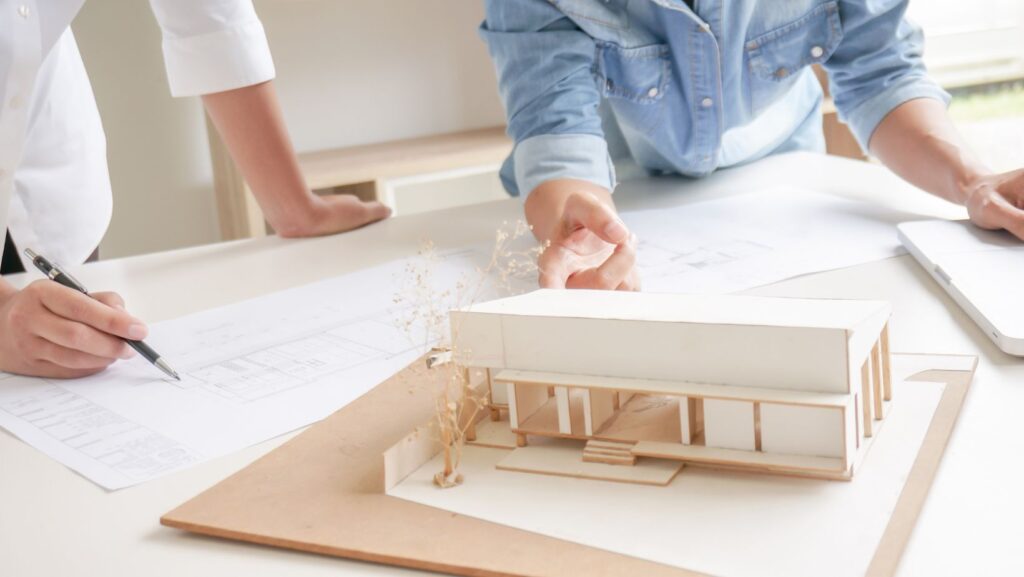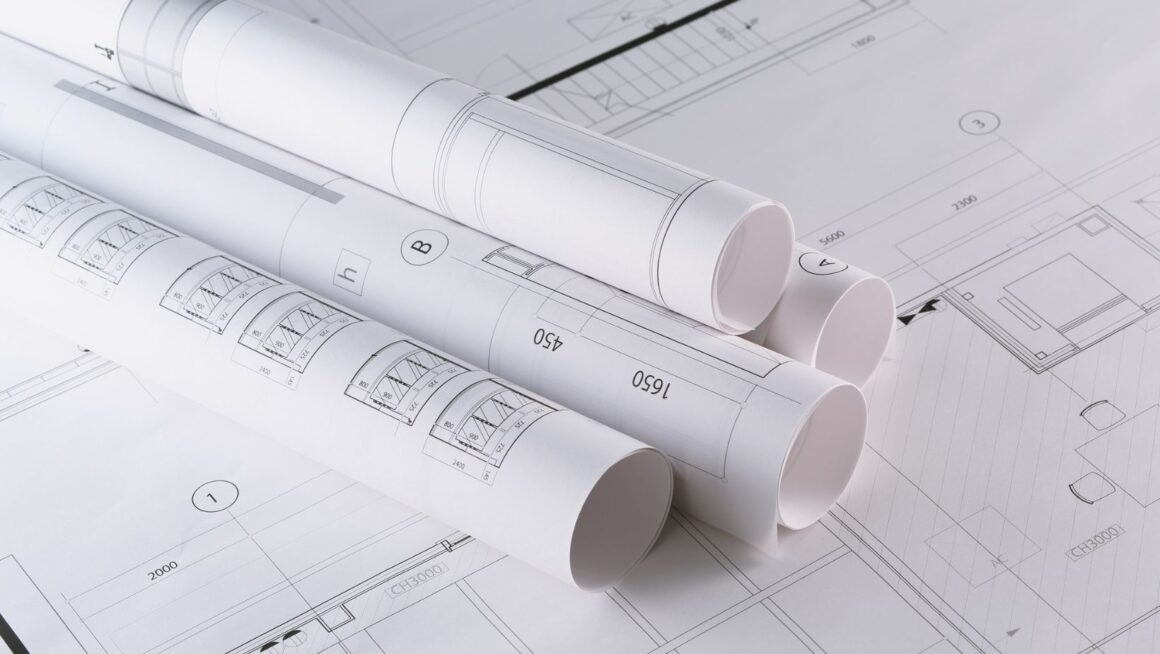
Mexican architecture tells a layered story of history, climate, and craftsmanship. From ancient indigenous influences to Spanish colonial elegance and contemporary design, the country’s residential styles reflect a blend of practicality and artistry. The range is especially visible in Mexico’s most iconic towns and cities, where past and present exist side by side.
In regions like San Miguel de Allende, architectural variety is more than visual interest. It shapes daily life. Buyers exploring San Miguel de Allende homes for sale quickly notice how design features, such as arched doorways, inner courtyards, and roof terraces, align with both tradition and comfort. These features offer more than aesthetics. They support local lifestyle, privacy, and a connection to nature.
Let’s explore the styles further. Read on.
Spanish Colonial Style
Colonial homes are among the most recognizable in Mexico. Introduced during the 16th century, this style combines European formality with materials adapted to the Mexican climate. You’ll often find thick stone or adobe walls, red tile roofs, heavy wooden doors, and wrought iron details. Interiors typically include tall ceilings, cool tiled floors, and central courtyards that serve as open-air gathering spaces.
The layout is centered around symmetry and inward focus. Rooms open into the courtyard rather than facing the street. This design keeps homes cool in hot months and creates a quiet retreat from outside activity. In cities like Mérida, Oaxaca, and San Miguel, well-preserved colonial properties remain highly sought after.
Hacienda Style
Haciendas are rural estates that date back to the Spanish land grant era. Today, the architectural style has been adapted for modern living while keeping key characteristics intact. Thick plastered walls, rustic beams, wide porches, and expansive interiors are all common. Haciendas usually sit on larger lots and are designed for airflow, shade, and comfort across warm seasons.

These homes often feature large archways, stone accents, and wraparound verandas. Indoor and outdoor living is closely connected, with French doors opening to gardens, terraces, and courtyards. Many restored haciendas are located outside major cities, offering tranquility and space with deep cultural roots.
Contemporary Mexican Minimalism
Mexico’s newer architectural wave focuses on minimalism without losing connection to place. Clean lines, exposed concrete, natural stone, and open floor plans define the modern style. These homes balance aesthetic restraint with thoughtful use of light and space. Floor-to-ceiling windows, internal gardens, and rooftop decks blend nature and structure.
This design is especially popular in areas like Tulum, Mexico City, and Baja California, where eco-conscious construction is often prioritized. The palette stays neutral, letting form and material take center stage. It’s not unusual for modern Mexican homes to incorporate traditional motifs in subtle ways, creating a bridge between the old and the new.
Adobe and Pueblo Style
This style draws influence from indigenous building traditions and the desert landscapes of northern Mexico. Adobe homes are made with sun-dried earthen bricks and natural plasters, providing excellent insulation from both heat and cold. Rounded edges, wood accents, and earth-toned finishes define the visual character of these homes.
Flat roofs, deep-set windows, and built-in niches are common. Interiors often feature kiva fireplaces and handcrafted tilework. While often associated with the Southwest United States, Pueblo-style homes remain part of the architectural fabric in Mexican regions like Chihuahua and Sonora.
Pacific Coast Villas
Along Mexico’s Pacific coast, architecture adapts to ocean views and tropical air. Coastal villas are built to maximize ventilation, shade, and scenic exposure. These homes often feature palapa roofs, open-air lounges, and infinity pools facing the sea. Stone, bamboo, and tropical hardwoods are chosen for durability and aesthetic warmth.
Spaces tend to flow into one another. Kitchens open to terraces, bedrooms have glass walls, and many homes lack internal corridors altogether. The emphasis is on relaxing, entertaining, and staying connected to the ocean breeze. This style is especially popular in places like Sayulita, Puerto Vallarta, and Zihuatanejo.
Urban Contemporary With Regional Flavor
In major cities like Guadalajara and Monterrey, high-end residential design blends international trends with regional materials. These homes often feature bold geometry, steel-framed glass walls, and mixed textures. Unlike rural properties, city homes prioritize privacy through smart spatial planning rather than inward-facing courtyards.
Despite the modern shell, many homes include design nods to local heritage. This could be in the form of hand-carved doors, cantera stone finishes, or mosaic tiles worked into the main entry. The goal is to create a visually clean, high-functioning home that doesn’t lose its sense of place.



